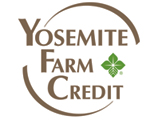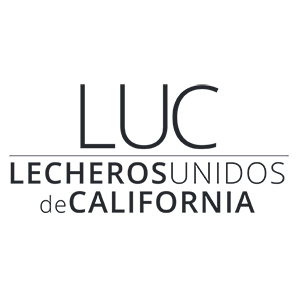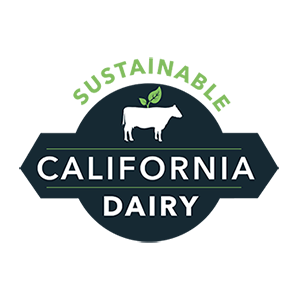LandFlex will reopen the grower application enrollment period for Phase 2 and extend it to the following GSAs for enrollment: Pixley Irrigation District GSA, Lower Tule RiverIrrigation District GSA, Mid-Kaweah GSA, or Westlands Water District GSA. Phase 2 of the program has approximately $10-12 million available and will be reallocated amongst the 4 GSAs. Unlike the previous phase of LandFlex, a funding split for each GSA will not be determined until after all landowner applications are received and scored based on individual basin grower criteria. DWR, Technical Assistance Providers, and all GSAs will determine final awards at that time.
LandFlex will continue to provide financial incentives to growers for each enrolled acre. Growers will be paid for Landflex using the following combined payment sources:
- Provide Immediate Drought Relief by fallowing land for 1 year. For each acre-foot of water saved in the ground, a grower will receive up to $350 per acre-foot – final amount to be determined by local GSA.
- Overdraft/Sustainability Payment. A grower will receive $1,000/ per acre-foot for WY 2023 to permanently eliminate each acre-foot of annual pumping that exceeds locally determined levels of groundwater sustainability. A grower may choose to give more than one acre-foot in the agreement and will be compensated accordingly.
- Transition to more climate-resilient ag practices. Depending on current land uses, the grower could receive between $250-$2,800/acre for the removal of permanent tree crops, purchasing upcycled ag waste for dairy feed replacement, and planting cover crops that use natural rainfall to grow.
Qualifications:
- Growers in Pixley Irrigation District GSA, Lower Tule River Irrigation District GSA, Mid-Kaweah GSA, or Westlands Water District GSA.
- 3-year average Adjusted Gross Income of $2.5 million or less.
- No individual grant will be greater than $2.5 million.
- A single entity may enroll up to 25% of their total acreage or 40 acres -whichever is greater.
- Growers are identified based on their proximity to drinking water wells that have gone dry or are in jeopardy of going dry.










